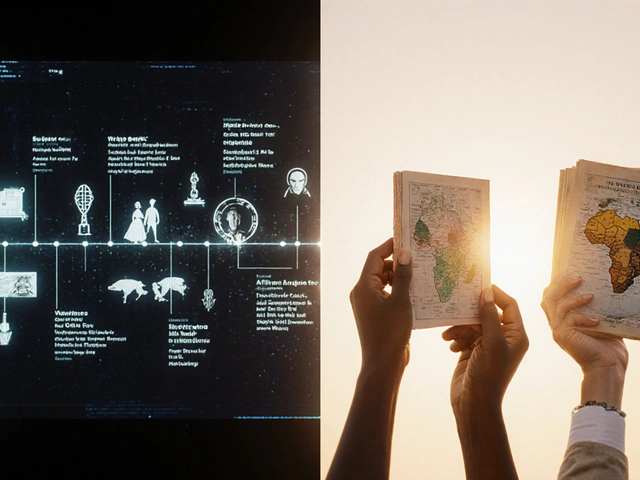Religious Bias on Wikipedia: How Bias Shows Up and How It's Fixed
When you look up a religious figure, movement, or belief on religious bias on Wikipedia, the uneven representation of faiths due to who edits, what sources are used, and what’s considered "neutral". Also known as systemic bias in religious content, it doesn’t always mean someone is trying to be unfair—it often means the people writing don’t share that perspective, or reliable sources about it are scarce. This isn’t just about Islam vs Christianity or Catholicism vs Protestantism. It’s about how minority faiths like Sikhism, Baha’i, or indigenous spiritual traditions get less coverage, less detail, or are framed in ways that sound exotic or suspicious compared to dominant religions.
Wikipedia’s due weight policy, a rule that says article content must reflect the proportion of reliable sources, not popularity or personal opinion is meant to fix this. But it doesn’t always work. If most books on a topic are written by Western scholars who focus on one branch of a religion, the article will reflect that—even if millions of followers practice a different version. That’s where Wikipedia task forces, volunteer groups focused on fixing gaps in coverage like those affecting women, minorities, or non-Western religions come in. They dig through academic journals, reach out to community leaders, and push for better sourcing. The Wikipedia neutrality, the core principle that articles should present all significant views fairly, without taking sides rule is the goal, but getting there takes work—especially when sources are biased or nonexistent.
Some edits get reverted because they sound like advocacy. Others get deleted because they cite blogs or personal websites instead of peer-reviewed books or mainstream media. The line between accurate representation and religious bias is thin, and editors often disagree. That’s why discussions about religious topics can get heated. But the system isn’t broken—it’s being fixed, slowly, by people who care enough to show up, cite sources, and challenge assumptions. What you’ll find below are real cases, policies, and efforts that show how Wikipedia deals with religious bias—not by ignoring it, but by trying to fix it, one edit at a time.
How Wikipedia Maintains Neutral Coverage of Religion and Belief Topics
Wikipedia maintains neutral coverage of religion by relying on reliable sources, avoiding personal bias, and representing all beliefs fairly. Learn how it handles controversy, small faiths, and conflicting claims without taking sides.







